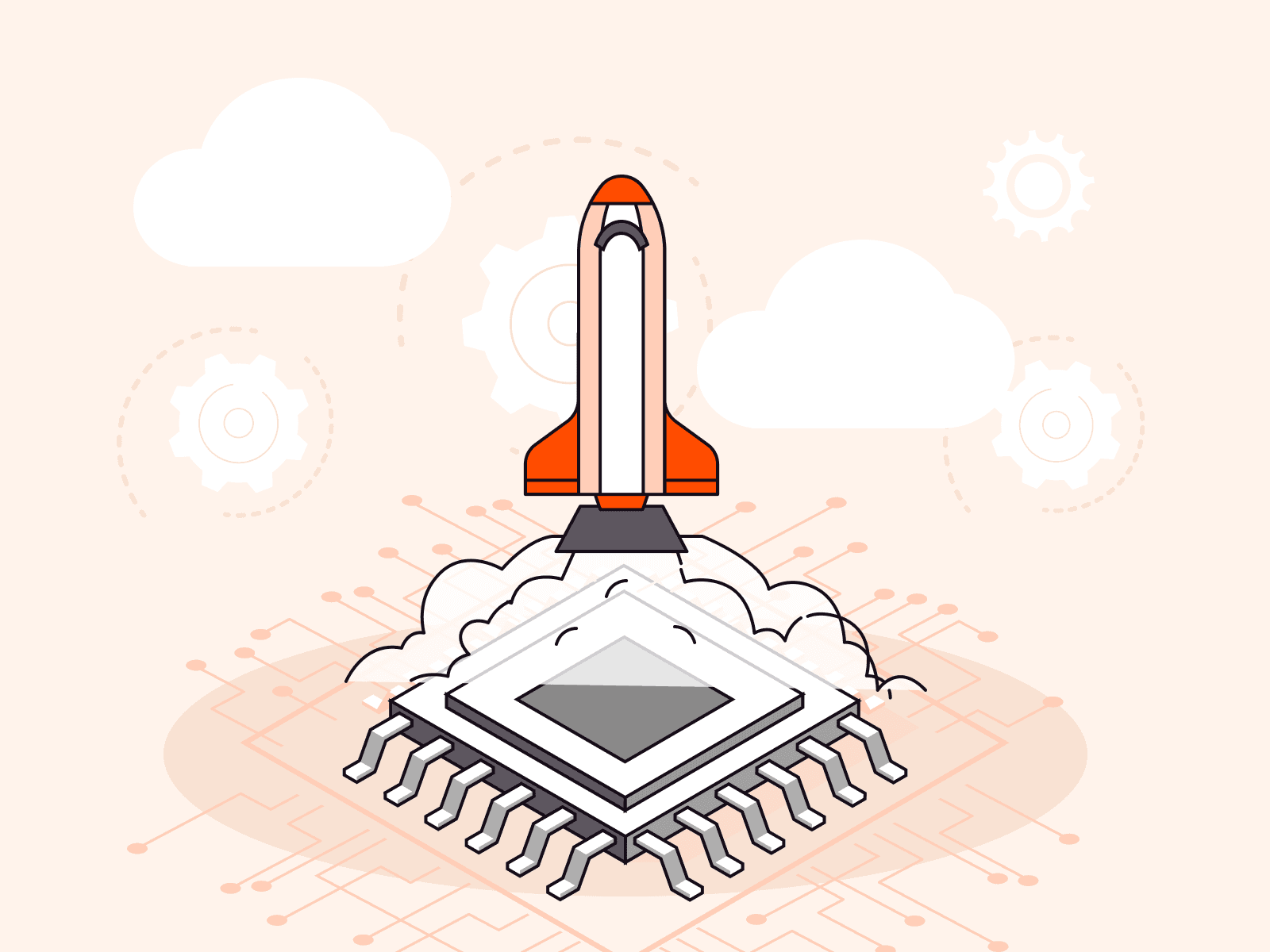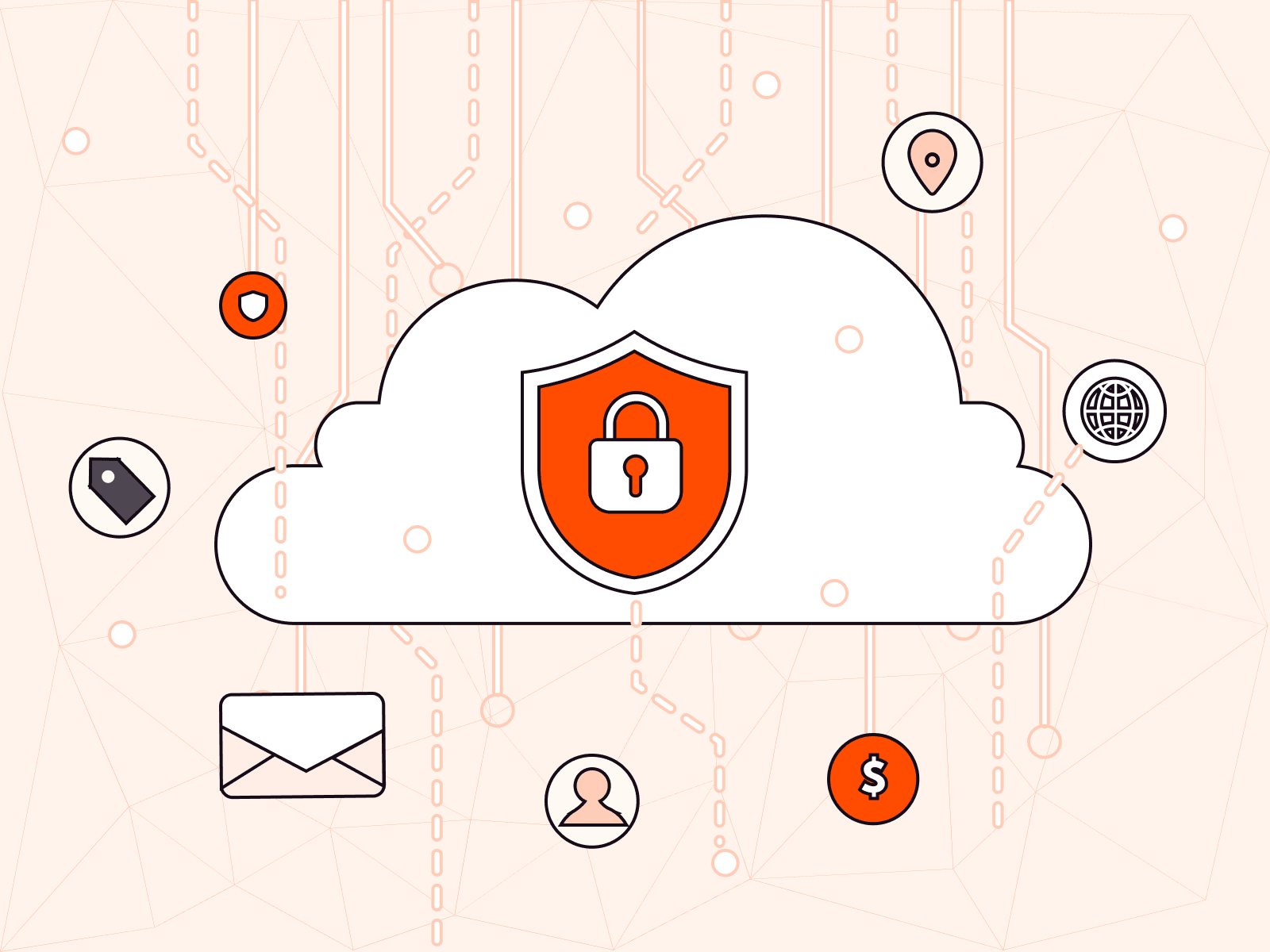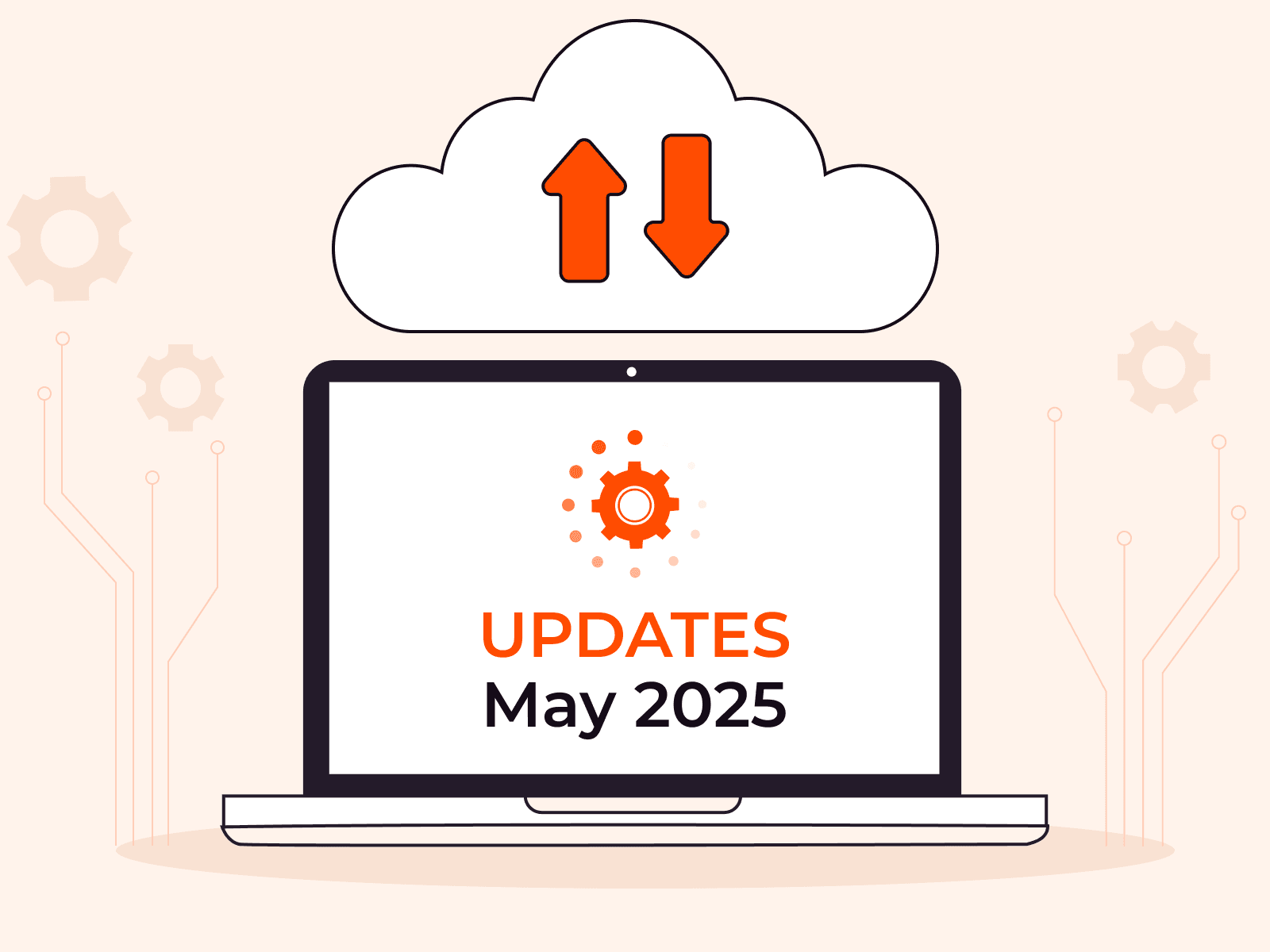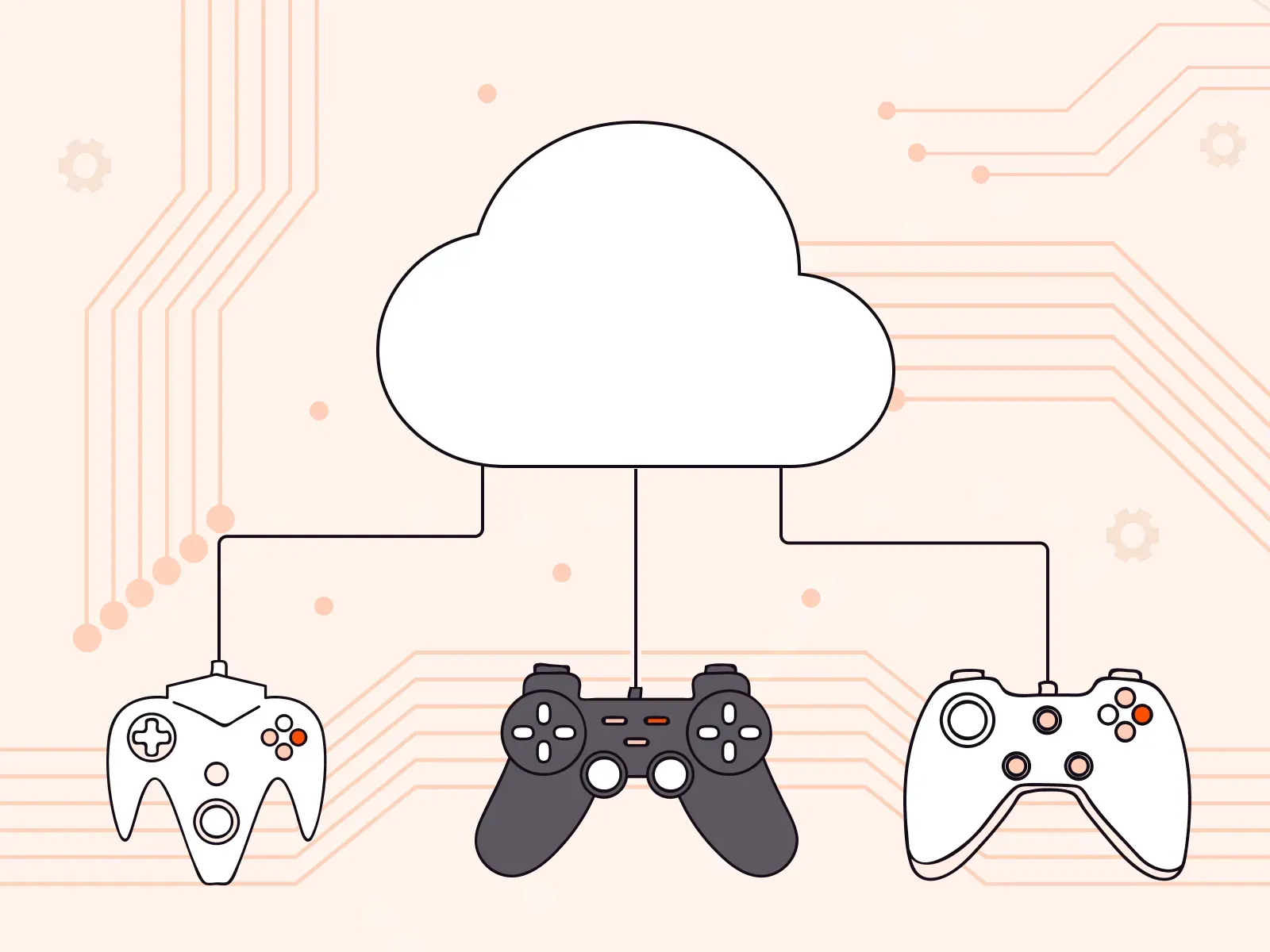Finance in the cloud: how the financial sector uses cloud technologies
- November 7, 2020
- 5 min read


It’s no secret that the financial services market has changed dramatically over the past decade. Thanks to digitalization, many banks and insurance companies have partially or completely switched from providing services offline to digital. In 2020, according to PWC analysts, it is online services that are the priority for financial sector players, and cybersecurity threats that are the main risk for them. Digital analytics has almost completely replaced other market forecasting tools, and the public cloud will become the main infrastructure model.
Experts from IBM note a new trend among banks, insurance companies, and financial technology companies. It is called the cloud-first strategy, where clouds are given priority in the business infrastructure. Let’s describe several scenarios in which cloud technologies are used by financial sector players to solve their daily tasks.
1. Cloud for speeding up development and release of products and services

In large organizations with traditional IT systems, developers often face the issue of waiting for resources. It can often take several weeks or months from the initial application to obtain the required capacities. This gives the competitors time to bring new services and features to market. However, thanks to the cloud infrastructure, developer access to the necessary resources is streamlined: By going to a self-service portal, they can get capacities in minutes, not months. At the end of the reporting period, the service provider simply issues a detailed invoice for actually used virtual machines with per-minute billing.
The Royal Bank of Canada, the largest Canadian bank, has been using cloud infrastructure since 2018 to speed up the development of its software products. It is noteworthy that this project is not just a consequence of optimization, but part of the implementation of the bank’s global strategy to transfer business to the Data-Driven Enterprise segment.
The demand for cloud solutions to speed up development is highly relevant to Gcore customers. This is especially true for large companies, where security is a strong focus, and giving new employees and external partners access to internal resources takes longer than getting virtual machines in the cloud.
2. Cloud for ensuring infrastructure stability

As a business grows, so do the requirements for infrastructure, its reliability and speed of recovery in case of failures. Data loss can result in large financial and reputation loss for a company, so the ability to quickly back up data is critical for most platforms—from billing systems to websites. A backup may be also needed to protect against employee errors and to quickly deploy services in the event of force majeure.
Sound Community Bank, one of the largest banks in the state of Washington (USA), began using the cloud in May to back up its archives. The bank manages $715 million for customers from more than 15,000 companies and households. Sean Bornicke, head of technical support at Sound Community Bank, said that the constant growth of user and customer data, and the limited capacity of the bank’s own storage, made it difficult to update the local backup system, creating risks for the smooth operation of the business. That’s why it was decided to migrate to the cloud, with which the bank is completely satisfied.
“Gcore offers its users the option to back up data on servers in different countries, which provides additional options for recovery even in the event of serious disasters.”
Gcore Cloud Platform Department Head, Vsevolod Vayner
3. Cloud for quick infrastructure scaling

Financial companies can face an explosion in user data or transactions as a result of changes in market conditions, new products, or emergencies. At the same time, it is seldom possible to predict when such growth will occur, so financial institutions must be able to quickly scale their infrastructure, expanding processor capacity and RAM.
The Gcore cloud can provide this opportunity at any time. With its help, a customer can deploy infrastructure for new business units in a few clicks, connect additional virtual machines to “hold” the website during periods of high demand, scale the payment platform, and so on. Solving such problems by purchasing one’s own backup equipment, on the one hand, requires significantly large financial investment and time. It also creates an increase in the operational load on the IT department, which must maintain and support these additional capacities which will be idle for a large portion of time.
4. Cloud for deploying AI and Big Data applications

Thanks to the cloud, banks, insurance, and fintech companies can gain access to the enormous computing power needed to build heavy AI and Big Data applications. This does not require creating or building up one’s own IT infrastructure and hiring additional staff. For example, Shanghai-based SPD Bank was recently made an honorary member of the Cloud Native Computing Foundation for its active use of cloud technology in application development. Using the cloud since 2017, the bank has been able to develop and implement more than 60 applications that use artificial intelligence, including critical ones.
Gcore sees great promise in the development of applications based on big data and artificial intelligence. Therefore, within our cloud, we are developing an AI platform that provides every developer and data scientist the ability to quickly create, train, and deploy machine learning models. Within the cloud AI platform, in addition to supporting full cycle machine learning, users have access to a catalog of ready-made templates and models with continuous delivery and real-time technical support. On the model of the Gcore Cloud, it will soon be possible to deploy Big Data applications based on Hadoop clusters.
5. Cloud for hosting virtual desktops

Deploying call centers, customer support services, and a back office for temporary and seasonal projects usually require a large number of remote employees. The advantage of a virtual desktop is that it’s much easier and faster to deploy or remove as needed. In addition, the introduction of virtual desktops greatly facilitates the process of centralized team management and control over work performance.
Another advantage of the cloud workplace is saving money by not purchasing expensive equipment, which is especially important in times of crisis. For example, The State Bank Group, an American bank with a net worth of over $230 million, was forced to move 70 % of its employees to remote workplaces as a result of the pandemic. This step allowed the company to not only avoid massive layoffs, but also to adapt the business to the new realities in the shortest time possible.
6. Cloud for working with user data

Cloud infrastructure significantly reduces the cost of storing user data, but the question remains, how reliable is the protection of personal information about customers and partners of banks and insurance companies? In this regard, today, so-called hybrid clouds are being actively introduced in the financial sector, allowing for the separate storage of anonymized and private data. Primerica, one of the leaders in the US insurance market, uses a hybrid cloud for more flexible management of various categories of personal data.
Gcore also offers its customers the option to deploy hybrid solutions, or to provide a secure loop in the public cloud located in the customer’s own security perimeter.
“The digital transformation that we’ve seen in the finance sector in recent years has certainly received a new impetus as a result of the pandemic. It’s now forcing companies to significantly reconsider their approach to storing and working with data. The range of application of cloud solutions for finance companies is very wide; they allow reducing the time to market for new products and services, reducing costs, quickly organizing remote work of hundreds and thousands of employees, increasing the transparency of personnel outsourcing schemes, and quickly adapting to changing market conditions. As a result, the development of cloud infrastructure creates a competitive environment that contributes to the growth and development of the finance sector.”
Gcore Cloud Platform Department Head, Vsevolod Vayner

Vsevolod Vayner, Gcore Cloud Platform Department Head
Related articles
Subscribe to our newsletter
Get the latest industry trends, exclusive insights, and Gcore updates delivered straight to your inbox.






